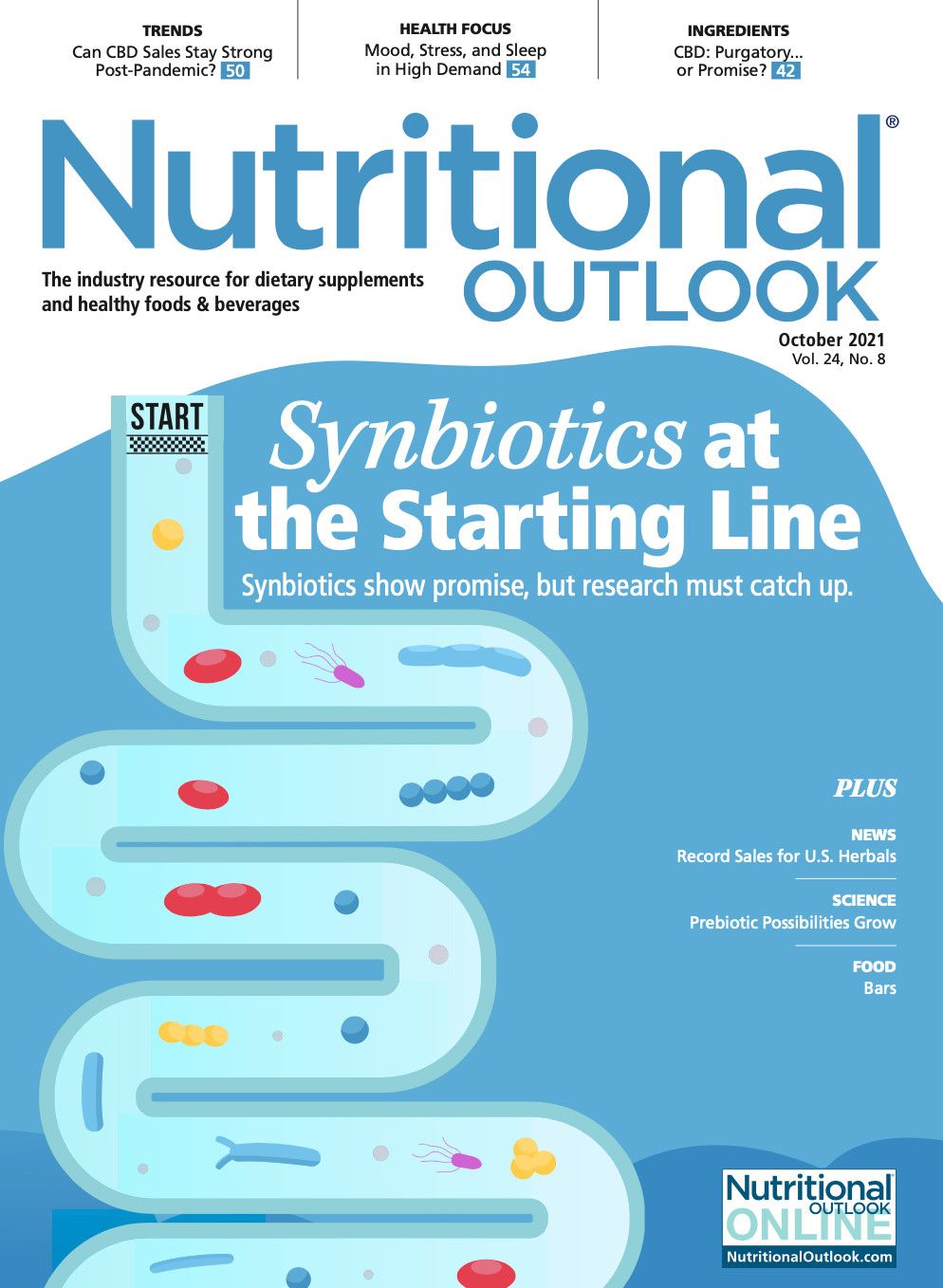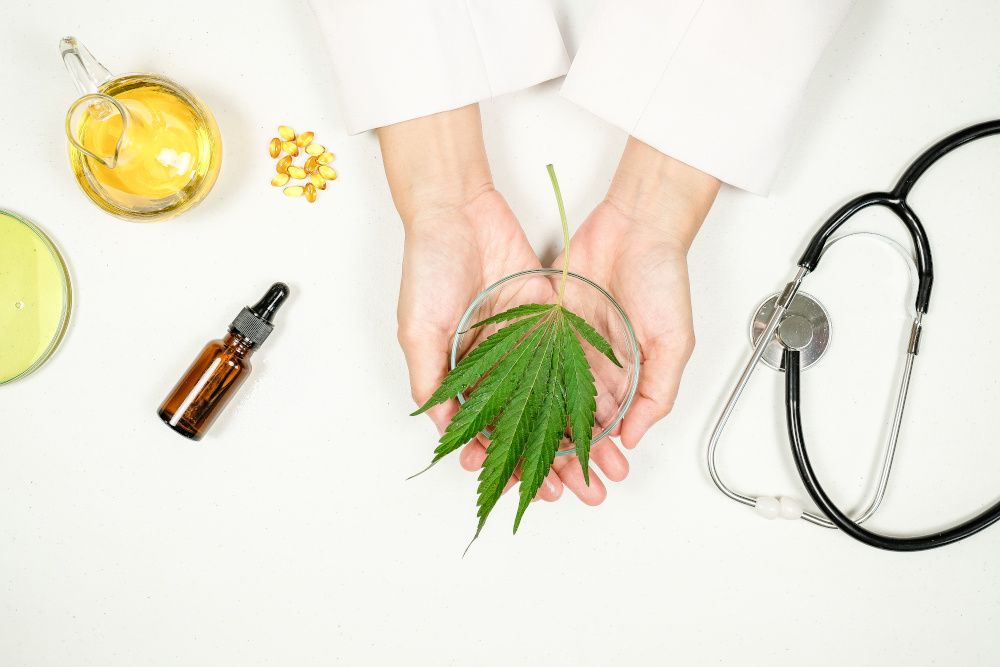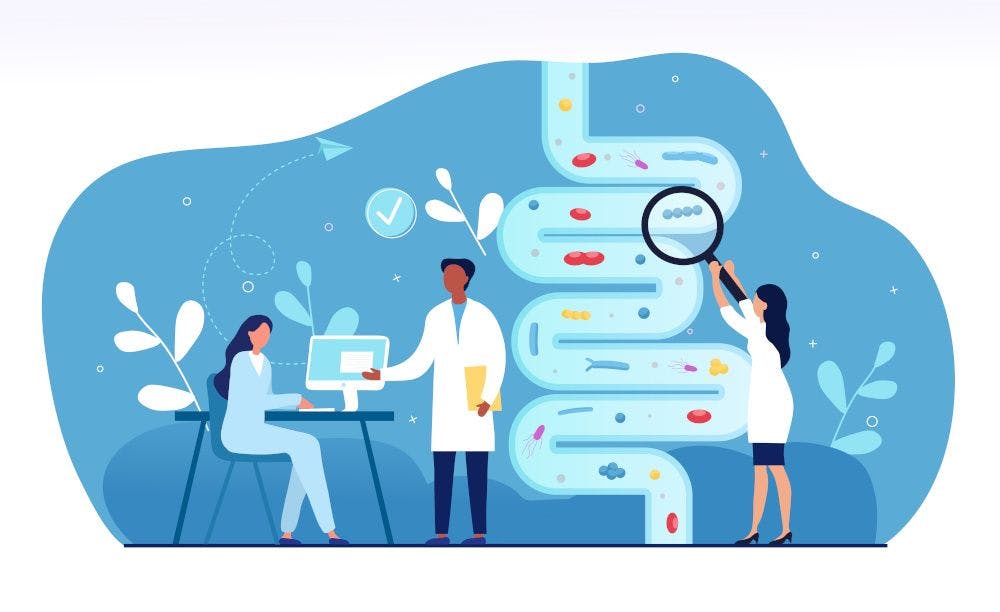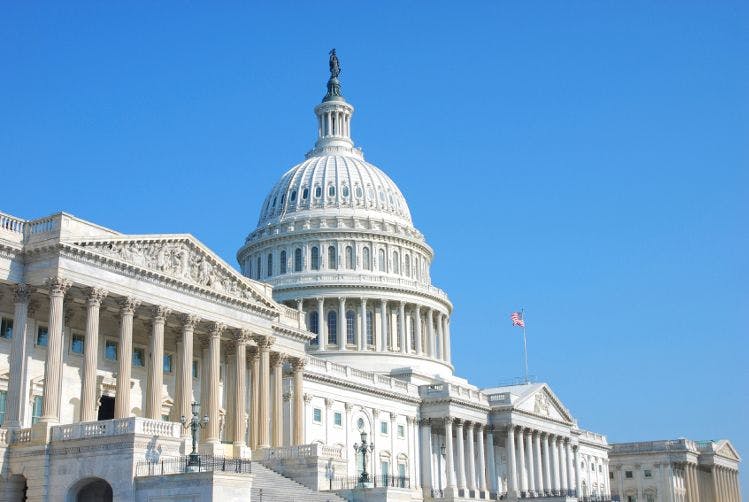The Great Cannabis Efficacy Debate: How can we prove cannabis efficacy, and what’s impeding our progress?
Matt Storey of NuSachi Inc. discusses the challenges of establishing cannabis evidence to satisfy both regulators and consumers alike.
In my two decades working in the hemp and cannabis industries, I am consistently asked one question: How do we prove the efficacy of cannabis? Two opinions form my answer to this question:
1. From Coffee to Cannabis, Efficacy Is Personal.
The verification of efficacy of any substance on a personal level can be anecdotal and subjective. Was that cup of coffee efficacious for you this morning? Do you need a clinical trial to verify its effectiveness? Why do some people rely on coffee for its energizing effects while others claim it increases their anxiety? And why do some people stay far from caffeine? The answer is simple: efficacy is personal. Substances affect people differently, and the only way to know what works for an individual is through the process of trial and error.
When we are talking pharmacological verification of drug efficacy, however, we need to focus on a set of statistical information that meets defined criteria and the maximum responses that we can achieve from that compound. A compound could be wildly “successful” and its effects verified personally by thousands of humans—and yet be clinically ineffective at a broader pharmacology or pharmaceutical level because of missed parameters or statistical insignificance.
This is both the bane and backbone of the validation of substances, compounds, etc., because legislative actions and mainstream clinical acceptance are based on pharmacological validation. Validation is laborious, and in the natural products industry, that high bar can stall access to compounds that are widely beneficial simply because there is not the “right kind” of proof.
Cannabis is a perfect example of the challenges regarding validation or verification of efficacy. Just as recently as 2019, Science Advances journal published1 the work of Chinese researchers that used gas chromatography–mass spectrometry (GC-MS) to analyze the materials excavated from braziers at ceremonial ritual sites dating back to circa 500 BCE. They found traces of cannabinoids and evidence that cannabis plants were burned as part of the ceremony.
It would appear that even that far back, people thought the plant was efficacious. Today, modern analytical science is used to confirm the widespread usage of this plant all throughout human history for its myriad means of efficacy. And yet, the plant has been illegal in most of the world for many years up to this point. Ironically, the prohibition of cannabis is based on efficacy—that it can get you high!
Matt Storey

There is another variable in the verification of efficacy on a personal level: personal taste. Returning to the coffee example, why do some prefer their coffee black while others take cream and sugar? Is one form more efficacious than the other? The substantive effects are likely indistinguishable, but the variable is taste. Some may desire the effects of caffeine but loathe the taste of coffee, so they turn to alternative delivery methods like teas, energy drinks, or capsules. If you can’t tolerate the delivery method of a substance, the substance is no longer personally effective. It’s the same with cannabis. Why do some people prefer gummies over tinctures when the concentrations are the same? Product taste and user experience are important contributing factors to personal efficacy.
2. More Collaborative Research Is Needed.
Anecdotally, hundreds of thousands of people have validated the efficacy of cannabis for their pain or anxiety or other conditions. Of course, just because efficacy is personal doesn’t mean that we forgo verifying cannabis as a therapeutic agent or drug. Molecules from the plant already have been statistically validated by GW Pharmaceuticals for its Epidiolex cannabis drug, and, thanks to the shifting tides of perception of cannabis and growing demand from the public to have access to cannabis, the available research on pharmacological effectiveness is growing every year.
The truth is that there is a larger percentage of study grant funding allocated to research to prove the adverse effects of cannabis and its molecules than there is funding to prove its therapeutic effect—meaning there should be more results siding against the efficacy of popular hemp cannabinoids cannabidiol (CBD) and tetrahydrocannabinol (THC). Yet even with the odds stacked against it, the majority of available research on cannabis shows general safety and the need for more extensive research on cannabis to help validate its therapeutic benefits.
For years, policy and scientific journals have highlighted significant barriers to research on cannabis, both in lack of funding as well as institutional barriers that make the process so onerous that only extremely committed researchers would bother. Nutt et al. (2013)2 and National Academies Press (2017)3 came to the same conclusion: researchers wishing to study cannabis faced exceptional barriers and factors. They summarized that “the substantial layers of bureaucracy that emerge from cannabis's Schedule I categorization [are] reported to have discouraged a number of cannabis researchers from applying for grant funding or pursuing additional research efforts.”
Progress is further limited by the chicken-and-egg dilemma put forth by the U.S. Drug Enforcement Administration for years that more research is needed to make policy changes while at the same time proactively limiting access to cannabis for research (and influencing regulators to keep these policies in place). Couple that with a bottleneck of the only available input for research coming from one facility at the University of Mississippi, and progress is significantly negatively impacted.
Impeding Progress
These setbacks have restrained pharmacological research and are a direct factor in why the United States is significantly behind its research on cannabis compared to peers in other countries like Israel. Just think: two-thirds of the U.S. population live in jurisdictions where cannabis is legalized in some way and where consumers have access to it—with the numbers climbing each year—and yet scientific researchers can only access cannabis from one place in the United States and with significant obstructions. It’s insane, and it needs to change.
The issues addressed above are what continue to limit larger-scale clinical trials and the kind of research needed to further validate cannabis and its derivative compounds for safety and efficacy. In order to gain a comprehensive understanding of cannabis and its molecules and to successfully prove its efficacy, there needs to be greater collaboration between the industry and its regulators.
The company that values its relationship with its consumers will educate them on its products and encourage them to find the product that is most effective for them, keeping in mind that efficacy is personal. The company that values the long-term success of the industry will invest in collaborating with researchers, advocacy groups, and regulators. Companies need to be confident in the quality and safety of the products they bring to market and have the ability to communicate this to the consumer, for the sake of the industry as a whole.
As senior vice president of global business development, Matt Storey leads NuSachi’s sales and business development teams while providing strategic insights to the product development and operations teams.
References
- Ren M et al. “The origins of cannabis smoking: Chemical residue evidence from the first millennium BCE in the Pamirs.” Science Advances. Published online June 12, 2019.
- Nutt DJ et al. “Effects of Schedule I drug laws on neurosciences research and treatment innovation.” Nature Reviews. Neuroscience. Published online June 12, 2013.
- National Academies of Sciences, Engineering, and Medicine. 2017. The Health Effects of Cannabis and Cannabinoids: The Current State of Evidence and Recommendations for Research. Washington, DC: The National Academies Press.

Prinova acquires Aplinova to further increase its footprint in Latin America
April 7th 2025Prinova has recently announced the acquisition of Brazilian ingredients distributor Aplinova, which is a provider of specialty ingredients for a range of market segments that include food, beverage, supplements, and personal care.


























